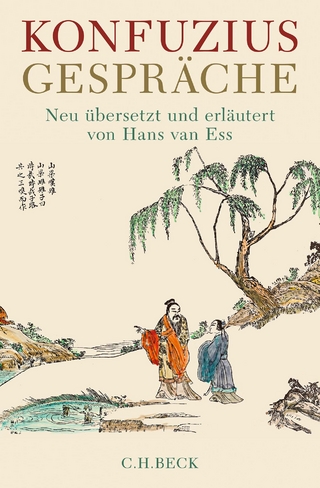
Spatializing Popular Sufi Shrines in Punjab
Routledge India (Verlag)
978-0-367-73014-7 (ISBN)
- Titel z.Zt. nicht lieferbar
- Versandkostenfrei innerhalb Deutschlands
- Auch auf Rechnung
- Verfügbarkeit in der Filiale vor Ort prüfen
- Artikel merken
This book explores the organic lives of popular Sufi shrines in contemporary Northwest India. It traverses the worldview of shrine spaces, rituals and their complex narratives, and provides an insight into their urban and rural landscapes in the post-Partition (Indian) Punjab.
What happened to these shrines when attempts were made to dissuade Sikhs, Muslims and Hindus from their veneration of popular saints in the early twentieth century? What was the fate of popular shrines that persisted even when the Muslim population was virtually wiped off as a result of migration during Partition? How did these shrines manifest in the context of the threat posed by militants in the 1980s? How did such popular practices reconfigure themselves when some important centres of Sufism were left behind in the West Punjab (now Pakistan)? This book examines several of these questions and utilizes a combination of analytical tools, new theoretical tropes and an ethnographic approach to understand and situate popular Sufi shrines so that they are both historicized and spatialized. As such, it lays out some crucial contours of the method and practice of understanding popular sacred spaces (within India and elsewhere), bridging the everyday and the metanarratives of power structures and state formation.
This book will be useful to scholars, researchers and those engaged in interdisciplinary work in history, social anthropology, historical sociology, cultural studies, historical geography, religion and art history, as well as those interested in Sufism and its shrines in South Asia.
Yogesh Snehi teaches history at the School of Liberal Studies, Ambedkar University Delhi, India. Previously, he was a Fellow at the Indian Institute of Advanced Study (IIAS), Shimla (2013–2015). His major teaching and research interests focus on Punjab and the debates on popular religion and its practice. Through a Tasveer Ghar fellowship, he has created a digital repository of images for the ‘heidICON’ image and multimedia database of Heidelberg University which is in circulation at Sufi shrines in contemporary Punjab. He has co-edited the book Modernity and Changing Social Fabric of Punjab and Haryana (2018) and also edited the Winter 2017 issue of Summerhill: IIAS Review, Shimla.
Introduction: situating popular veneration 1 Historiography, fieldwork and debates on sacred shrines 2 Shrines, wilayat and lived landscapes 3 Dreams, memories, dissent 4 Popular art, circulation and visualization of space Epilogue: sites of memory Bibliography
| Erscheinungsdatum | 16.01.2021 |
|---|---|
| Verlagsort | London |
| Sprache | englisch |
| Maße | 138 x 216 mm |
| Gewicht | 453 g |
| Themenwelt | Kunst / Musik / Theater ► Kunstgeschichte / Kunststile |
| Geisteswissenschaften ► Philosophie ► Östliche Philosophie | |
| Geisteswissenschaften ► Religion / Theologie ► Islam | |
| ISBN-10 | 0-367-73014-6 / 0367730146 |
| ISBN-13 | 978-0-367-73014-7 / 9780367730147 |
| Zustand | Neuware |
| Informationen gemäß Produktsicherheitsverordnung (GPSR) | |
| Haben Sie eine Frage zum Produkt? |
aus dem Bereich


